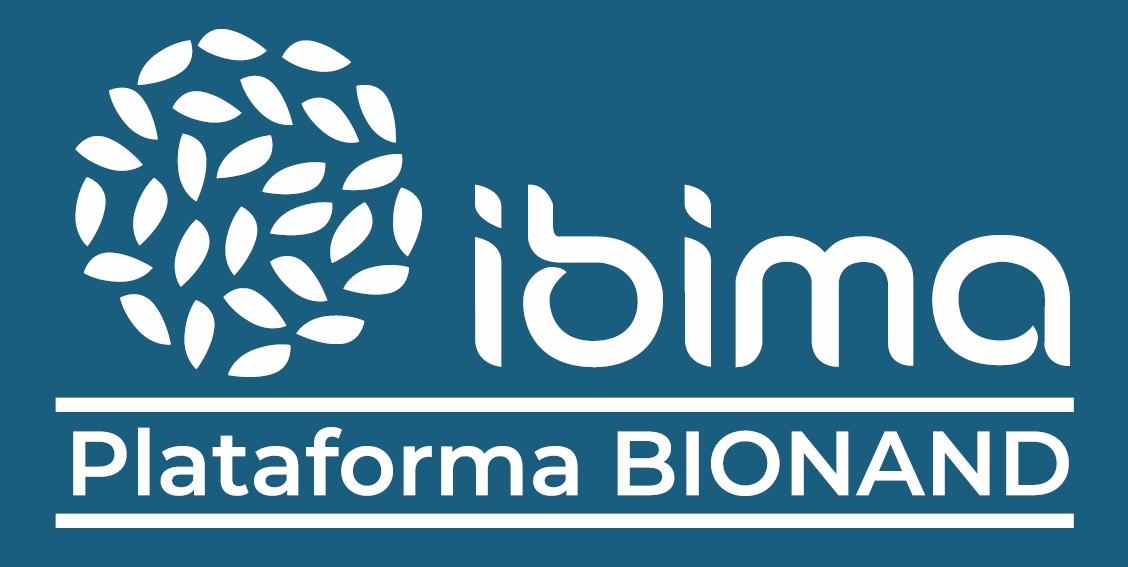-
Intranasal administration of two types of proteins in animals has been shown to increase the survival of mature neurons in a region of the brain that is key to the protection and genesis of neural networks.
Researchers from the Malaga Biomedical Research Institute and Nanomedicine Platform (IBIMA Plataforma BIONAND), in collaboration with the University of Malaga (UMA), have carried out an innovative study that could revolutionise the treatment of cognitive disorders, including spatial memory impairment.
Located in the hippocampus, one of the most primitive structures of the cerebral cortex, spatial memory is essential for acquiring, retaining and retrieving knowledge about the environment, mapping routes and retrieving key locations to solve various adaptive problems.
The study, published in the scientific journal ‘Behavioral and Brain Functionsfocused on developing a new strategy to improve spatial memory by using agonists of the GALR2 and NPY1R receptors. These are proteins in our brain that respond to certain chemical signals. GALR2 is a receptor for galanin, a molecule related to mood and stress regulation, while NPY1R is a receptor for neuropeptide Y, involved in appetite, stress and memory.
These are receptors that can influence brain functions such as memory and learning. These agonists were administered intranasally in animals, resulting in significant improvements in spatial memory compared to other treatment groups.
The results of the study showed that intranasal administration of GALR2 agonist and NPY1R agonist combined significantly improved spatial memory consolidation three weeks after treatment, compared to other groups. In addition, increased survival and differentiation of mature neurons was observed in the dorsal hippocampus, a brain region important for memory and learning. In the same area, an increase and development of new neurons with a direct impact on memory and the development of new neural networks was also observed.
Dr Manuel Narváez, from the ‘Basic and Applied Aspects of Neuropsychiatric and Neurodegenerative Diseases’ group at IBIMA Plataforma BIONAND and UMA, who led the study, expressed his satisfaction with the results obtained: ‘Intranasal administration of these agonists has proven to be an effective strategy not only to improve spatial memory but also to promote neuronal health’.
Dr Narváez said that ‘these findings open up new possibilities for the treatment of cognitive disorders associated with memory loss, such as Alzheimer's disease or age-related cognitive impairment’. In addition, Narváez added that ‘the team's hope is that, in the future, strategies can be designed that can be translated into more effective therapies to improve the quality of life of people affected by this type of cognitive disorders’.
Científicos identifican que el ayuno alternante es más eficaz que la dieta hipocalórica tradicional
Un estudio del grupo de Obesidad, Diabetes y sus Comorbilidades revela que el ayuno alternante y la restricción horaria tardía son más eficaces a corto plazo que la dieta hipocalórica tradicional. Un nuevo estudio liderado por el Dr. Francisco J. Tinahones, director...



